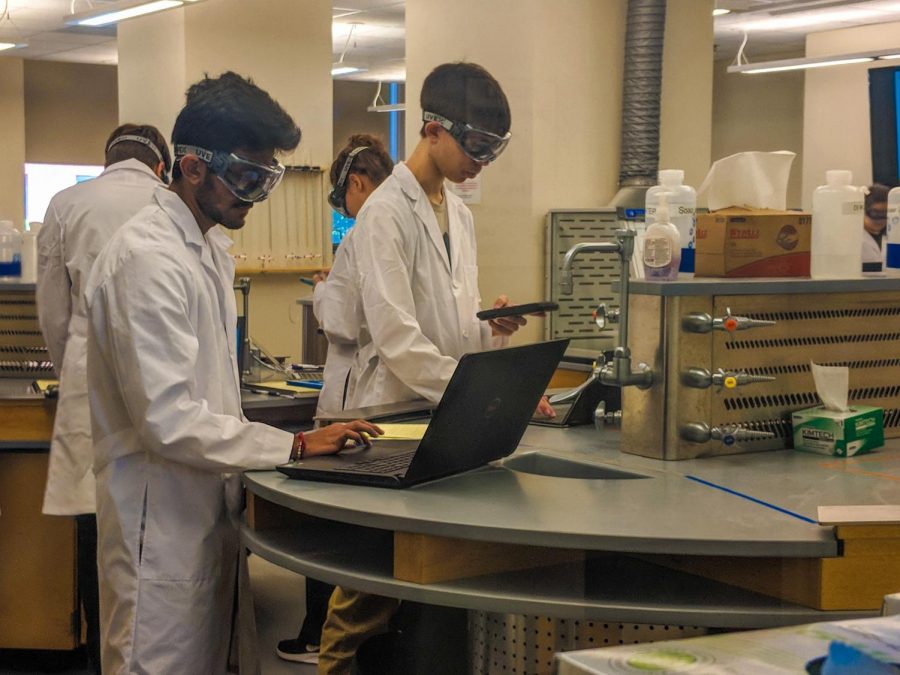UI researchers design enzyme to transform harmful chemical
Sep 27, 2018
Researchers at the University have designed an enzyme that helps decrease harmful chemical compounds and contaminants in the environment.
The research was published on Sept. 14 and focuses on how the newly designed enzyme can transform sulfite, a chemical compound that can be harmful for the environment, into sulfide, another chemical compound that can improve the efficacy of catalysts.
According to the News Bureau article, sulfite can interfere with different types of environmental contaminants during the clean up process and the elimination of certain types of toxic compounds.
Sulfide is not necessarily better for the environment than sulfite on its own, but removing sulfite can improve the efficacy of catalysts that target harmful species, such as nitrates, said Evan Mirts, graduate research assistant in LAS, in an email.
Yi Lu, professor in LAS, said this enzyme is one of the first of its kind.
Get The Daily Illini in your inbox!
“We have designed the first artificial enzyme or catalyst to perform this reaction with similar activity to the natural enzyme,” Lu said in an email.
The enzyme will help the environment by correcting some of the harsh properties of sulfite that harm the environment, Lu said.
The reaction that must take place to create the enzyme is demanding and requires many electrons and protons, which presented a challenge to the researchers.
“Sulfite does not bind to metal centers well, so it is necessary for the catalyst to ‘capture’ sulfite for the duration of the reaction. We had to carefully design structural features to bind the sulfite tightly and to tune the activity of the enzyme,” Lu said.
The project is one of the most complex reactions that has been done at the University. It is a six-step electron reaction, where the previous reaction he had seen at the University was a four-step electron reaction, Mirts said.
Mirts said the biggest impact the research has is on the way the enzyme’s process is designed, where an enzyme has to go through multiple steps for a reaction to happen. One of the steps is to capture the substrate, the molecule where an enzyme acts, and hold it through the multi-step process of the long reaction.
“Doing that is quite difficult. Chemists have tried for many many years to make catalysts that can do this,” he said.
Mirts said his goal for the future is for the enzyme not to modify just sulfite but to modify other similar reactions of equal complexity.
“Definitely other people in the lab have picked up this project, and so they are going to be working to answer those questions and we are definitely expanding the design work on this system,” Mirts said.






